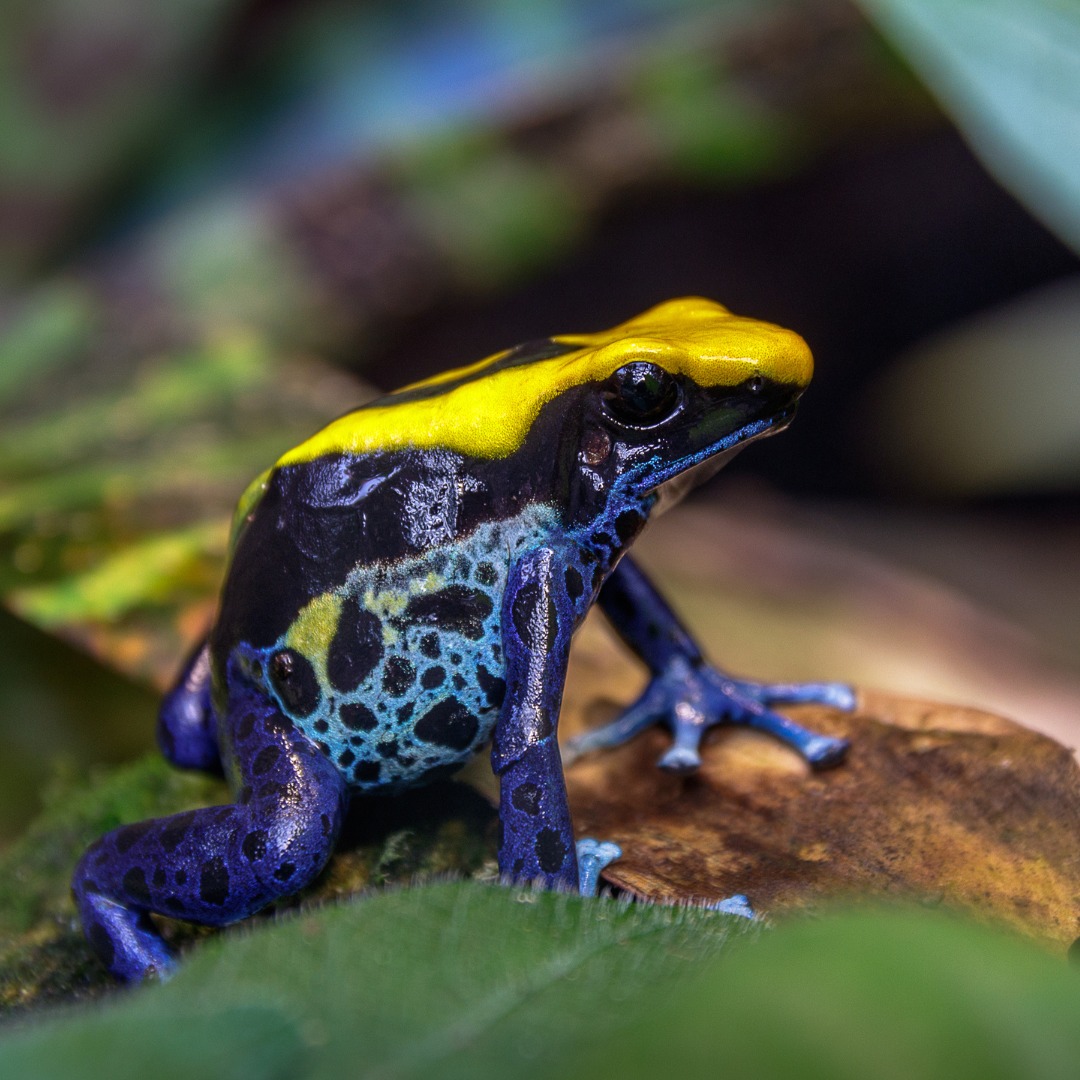– Overview of HOPPY World Frog Day and its significance for frog conservation
– The role of frogs as indicator species in ecosystems and ongoing conservation initiatives
– Frog species spotlight: dyeing poison frogs and yellow-banded poison dart frogs at RWPZoo
– Simple at-home practices to support frog populations
– The intersection of community science and conservation through FrogWatch USA and other programs
Frogs have long captivated us with their hopping antics and their important roles within ecosystems. HOPPY World Frog Day celebrates these amphibious creatures and raises awareness about their conservation. Roger Williams Park Zoo (RWPZoo) not only showcases these amazing animals but actively participates in their preservation, much to the delight of frog enthusiasts and conservationists globally.
Understanding the magnitude of their role as indicator species, frogs like the dyeing poison frog and the yellow-banded poison dart frog are essential to monitoring the health of our environment. These two species, resident inhabitants at RWPZoo, are colorful revelations of the intricate balance within tropical ecosystems. Their vivid hues, far from mere aesthetic allure, are a warning of the toxicity they possess—a defense mechanism against predators.
Amphibians, specifically frogs, are barometers of an ecosystem’s health. By their sheer presence or troubling absence, they can indicate an environment’s ecological integrity. This sensitivity to environmental changes positions frogs at the forefront of conservation, serving as a wake-up call to climate change, habitat destruction, and pollution.
RWPZoo champions the protection of these vital creatures through collaborative efforts with programs such as FrogWatch USA, Operation Spadefoot RI and partnerships with institutions like the Chilean Amphibian Conservation Center. These alliances are instrumental in the work of conservation, fostering research, breeding programs, and public education initiatives to ensure frog populations can thrive.
Engagement in these initiatives extends beyond the zoo’s boundaries to the broader community. For instance, FrogWatch USA invites citizens to monitor local amphibian populations—an activity from March to August and offers a hands-on approach to conservation.
For those wishing to make a difference from the comfort of their backyards, several simple practices can be embraced to encourage frog diversity and propagation. Refraining from pesticides is a foundational step, as these chemicals can have lethal effects on frogs. By eliminating these poisons from your gardening routine, you protect frogs and many other beneficial organisms.
Supporting native wildlife can be as straightforward as cultivating indigenous plants. These plant species supply insects and are critical food sources for frog populations. Meanwhile, respecting wildlife, particularly amphibians, means observing and enjoying their presence without physical disturbance. Frogs and toads worldwide possess permeable skin that absorbs elements from their environment, and handling them improperly can harm them.
For frog conservation enthusiasts, building a ‘toad abode’ is an enjoyable DIY project. This refuge provides a safe haven for toads, a subgroup within the frog category, to reside and breed in your garden, enhancing the health of your local amphibian community.
The interconnection between community participation and scientific conservation efforts proves that individual actions can have a collective positive impact on these delicate animals. With shared dedication, we can secure the future for not just the dyeing poison frog and the yellow-banded poison dart frog at the RWPZoo but for all amphibians.
These approaches are not just about saving frogs; they’re about maintaining the health and integrity of ecosystems worldwide. Each measure, from pesticide-free gardening to constructing toad-friendly habitats, supports a broader commitment to biodiversity and a sustainable planet.
By championing frogs through education and direct action, RWPZoo empowers individuals and communities to partake in global conservation efforts. World Frog Day isn’t just a celebration; it’s a clarion call to acknowledge and act upon frogs’ critical role in our world. Through widespread public engagement and targeted initiatives, frog populations can be preserved and protected, ensuring these hopping heralds of ecological health continue to signal the well-being of our natural world for generations to come.
*****
Source Description
HOPPY World Frog 🐸 Day! Your RWPZoo is home to dyeing poison frogs and yellow-banded poison dart frogs. As indicator species, frogs play a crucial role in healthy ecosystems, and we’re working to save them as part of several collaborative initiatives, including FrogWatch USA, Operation Spadefoot RI, and the Chilean Amphibian Conservation Center.
Simple ways to support frogs at home:
🐸 Don’t use pesticides!
🐸 Plant native plants to support native wildlife like insects; insects = frog food.
🐸 Co-exist with wildlife – observe, don’t disturb (especially since amphibians have sensitive skin!)
🐸 Join community science like FrogWatch; the FrogWatch season officially runs from August.
🐸 MAKE A TOAD ABODE! ( all toads are frogs, but not all frogs are toads!)
.
.
.

